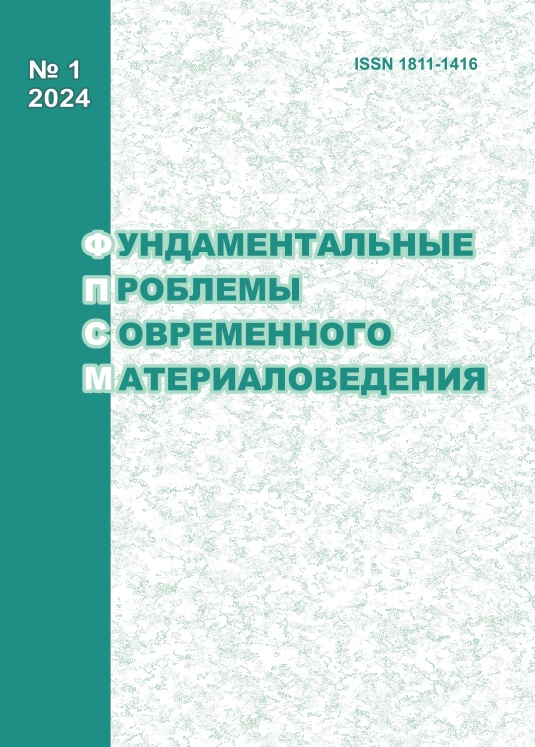ANALYSIS OF THE STRUCTURE OF THE SURFACE LAYER OF SPECIAL PURPOSE RAILS FORMED DURING OPERATION
10.25712/ASTU.1811-1416.2024.01.003
Keywords:
rails, fine structure, scalar dislocation density, cementite, destruction, exploitationAbstract
Transmission electron diffraction microscopy was used to analyze the structure, phase composition, and dislocation substructure in the head of long-length differentially hardened special-purpose rails made of E90KhAF steel after a tonnage of 187 million gross tons was passed. The studies were carried out along the central axis and rounding radius of the fillet on the surface and at a distance of 10 mm from it. It has been established that the steel structure is represented by grains of plastic pearlite and a ferrite-carbide mixture with carbide particles of plastic and globular morphology. Fragmentation of cementite plates (fragment sizes 10-12 nm) and ferrite (fragment sizes 250-500 nm) was revealed. The formation of bending extinction contours is noted, indicating the elastically stressed state of the rail head as a result of long-term operation. The sources of curvature-torsion of the crystal lattice are revealed - intra-phase (interfaces of pearlite grains) and interfacial (interfaces of ferrite plates and cementites of pearlite colonies) boundaries. The emerging structure on the tread surface differs from the structure of the fillet surface. The latter does not reveal a subgrain structure. The deformation transformation of surface layers is compared with previously published results for general purpose rails made of hypoeutectoid steel. The mechanisms of destruction of cementite plates and the re-isolation of particles of a nanosized rounded carbide phase (tertiary cementite) are considered. A comparison is made of the scalar density of the dislocation substructure of the tread surface along the central axis and the rounding radius of the fillet.











 Journal «Fundamental’nye problemy sovremennogo materialovedenia / Basic Problems of Material Science»
Journal «Fundamental’nye problemy sovremennogo materialovedenia / Basic Problems of Material Science» This work is licensed under a
This work is licensed under a 
